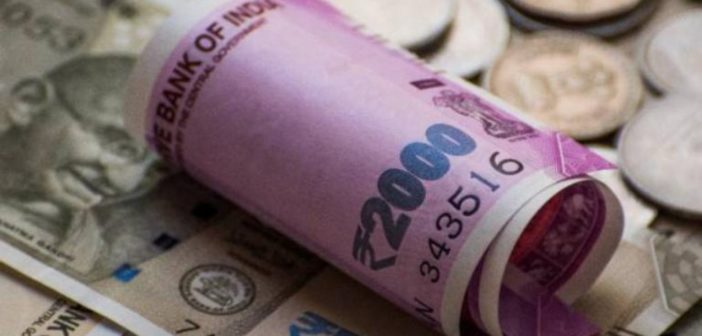TL;DR
The share of cesses and surcharges in the Union Government’s tax revenue has seen a sharp rise over the past decade, peaking during the pandemic. While their share in gross tax revenue has declined in recent years, concerns remain about the impact on state finances, transparency in fund utilisation, and the overall balance of fiscal federalism.
Context
Cesses and surcharges are special-purpose taxes imposed by the Union government. Unlike other taxes, their proceeds are not shared with states, meaning any increase in their share reduces the pool of funds available to state governments. Over the last decade, their increasing prominence sparked debate over fiscal centralisation.
Who compiles this data?
Data on cesses and surcharges is published by the Ministry of Finance. It can be found in Union Budget documents, Finance Commission reports, and Parliamentary replies.
Where can I download clean & structured data related to Cesses & Surcharges?
Clean, structured, and ready-to-use datasets related to cesses and surcharges levied in India can be downloaded from Dataful. These include data on gross tax revenue, cess and surcharge collections, GST compensation released to states, and central excise duties on petrol and diesel.
Key Insights
- The share of cesses and surcharges in gross tax revenue nearly doubled between 2011–12 and 2020–21, peaking at about one-fifth of total collections. Since then, it has declined steadily, falling to 14.5% in 2023–24, or less than one-sixth of gross tax revenue.
- Surcharge collections tripled in 2022–23, possibly due to higher rates on high-income earners introduced in 2019–20. The 2023–24 budget later reduced the highest surcharge rate from 37% to 25%.
- GST Compensation Cess, Health & Education Cess, and Agriculture Infrastructure & Development Cess have all seen steady or high collections in recent years.
- Collections from cess on crude oil and National Calamity Contingent Duty have increased, while road and infrastructure cess dropped sharply due to duty cuts in 2021 and 2022.
- The cess on exports has declined dramatically since 2020–21, even showing a negative collection in 2023–24.
Why does it matter?
A higher share of cesses and surcharges restricts the fiscal space available to states by reducing the divisible tax pool. This undermines federal fiscal equilibrium and may impair states’ ability to invest in essential public services like education, health, and welfare. Both the Finance Commission and the CAG have raised concerns previously, highlighting not only the imbalance in revenue sharing but also the under-utilisation of these funds, which points to issues of transparency and accountability.
Key numbers
- Share of Cesses & Surcharges in gross tax revenue:
10.4% (2011–12) → 20.2% (2020–21) → 14.5% (2023–24)
- Cesses Collection (excluding GST compensation cess):
₹3.53 lakh crore (2021–22) → ₹2.25 lakh crore (2022–23)
- Surcharges Collection:
₹40,747 crore (2021–22) → ₹1.25 lakh crore (2022–23)
- GST Compensation Cess Collections:
₹62,596 crore (2017–18) → ₹1.45 lakh crore (2023–24)



